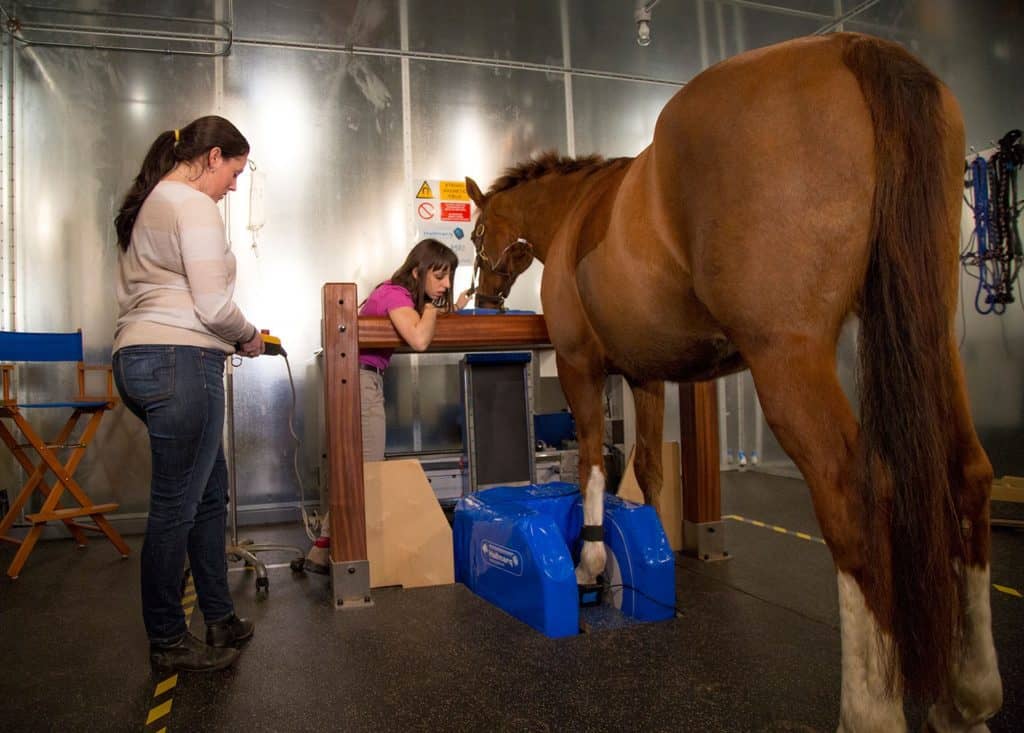
What’s Really Crushing Horses’ Heel Structures
Dissections show that a well-developed caudal foot maintains it shape and does its job protecting the hoof and joints from concussion.
Prevention, diagnosis, and treatment of leg lameness

Dissections show that a well-developed caudal foot maintains it shape and does its job protecting the hoof and joints from concussion.

Something on the X rays looks a bit off—is it significant or of no consequence? It depends on what you find.

Learn how the bones and soft tissues in a horse’s hoof work together and impact soundness.

Bowker: Long toes and underrun heels set horses up for failure. Here are recommendations for an improved trim to help correct this condition.

Species and individuals differ in their genetic potential for quick and coordinated movement. How do horses compare to humans?

A veterinarian explains terms often used to describe horses with front-limb lameness.

Prevailing wisdom has been that Western disciplines are too physically demanding to allow athletes to return to work after arthroscopic stifle surgery. A study presented at the 2019 AAEP Convention found this isn’t necessarily the case.

Since hitting the commercial equine market in 2014, bisphosphonates have been used primarily to manage horses with navicular disease. One veterinarian describes how they impact navicular region pain and lameness.

Here’s what we know and are learning about defining, diagnosing, and treating this painful foot disease.

Researchers looked at donkeys’ unique hoof care needs. Here’s what they recommend.

What is a crooked horse? Our sources describe several kinds of crooked horses and how you can help.

What can I shoe my horse with that will provide traction and reduce concussion when riding on paved roads?

Dissections showing underlying bone loss can help hoof care professionals know how to manage different types of hoof capsule damage.

Are young horses with poor or limited nutrition or exercise likely to develop problems later in life? If so, can these be reversed? Dr. Brian Nielsen responds.

A thorough PPE on off-track Thoroughbreds can pay dividends both now and years into the future of the horse’s second career.

Do you have a young horse in your life? Learn about young horse growth, development, exercise, and nutrition during this Q&A.
Stay on top of the most recent Horse Health news with
"*" indicates required fields